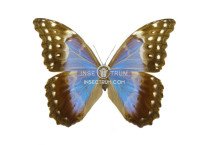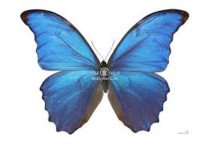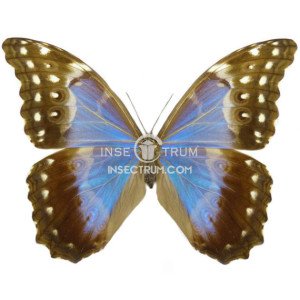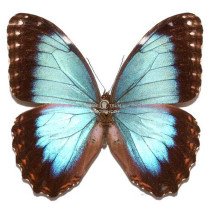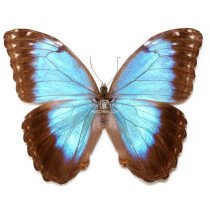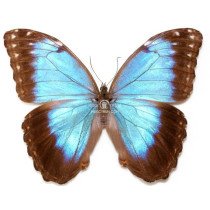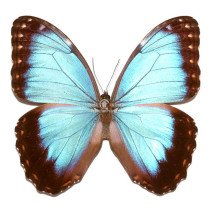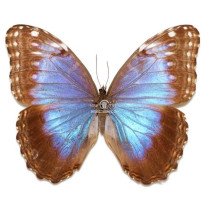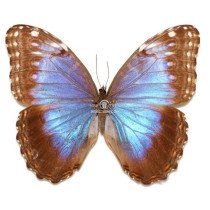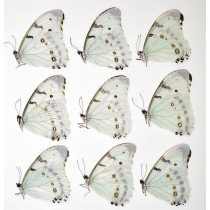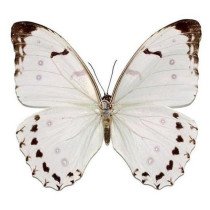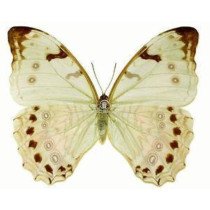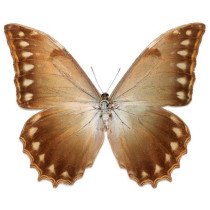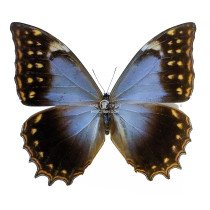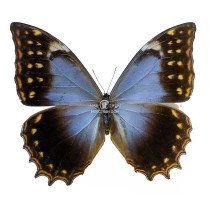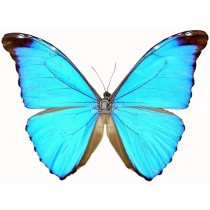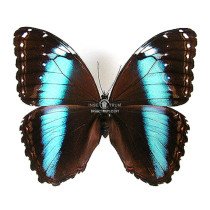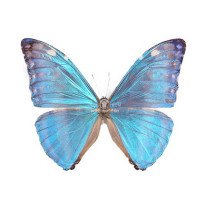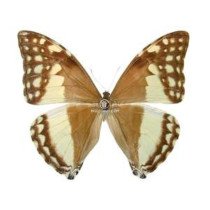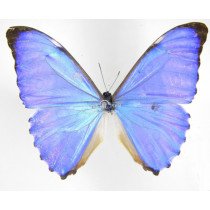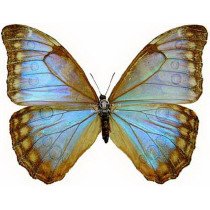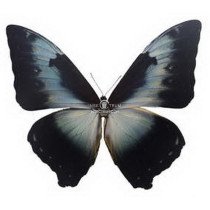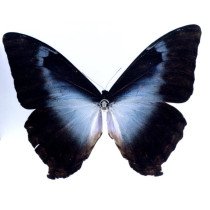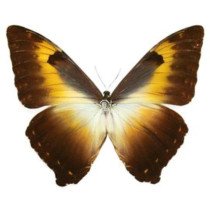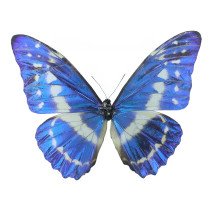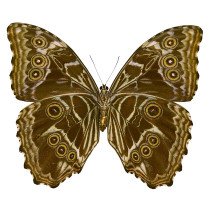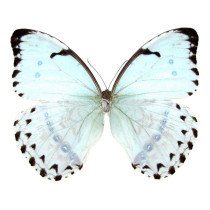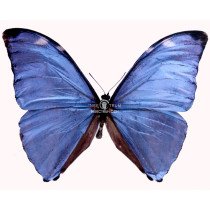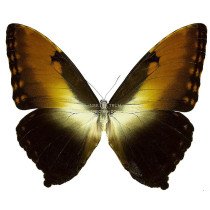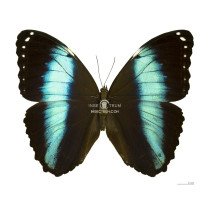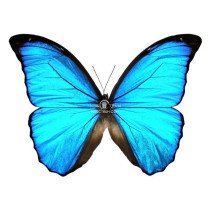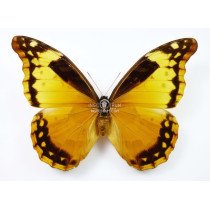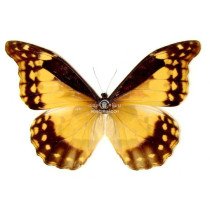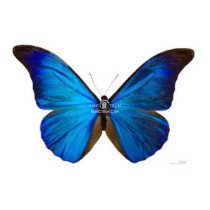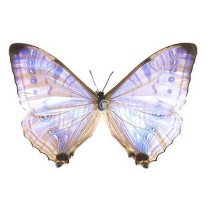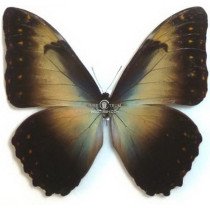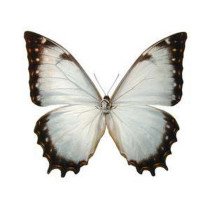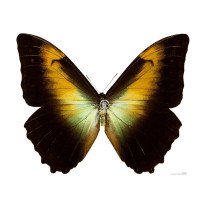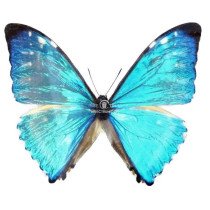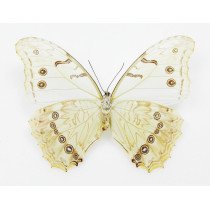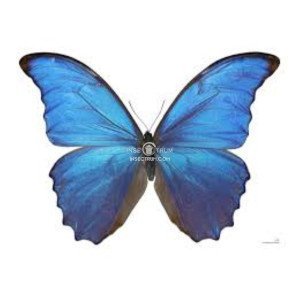
MORPHO DIDIUS
MORPHO DIDIUS
Country: Peru
Location: Huanuco
Quality: A1 to A1-
Status: Common
Gender Available: MALE OR FEMALE
Setting: PAPERED
$10.06
All our items are carefully delivered to prevent damages on transport, papered items are packaged in glassine envelopes specifying capture/breeding data and location available.
CITES certificate will be provided in the specimens required
HOW WE GRADE OUR LISTINGS (SPECIMENS)
As Insect specimens are natural products, some are bred and some others caught in wild, the quality can vary greatly.
The guide below explains the grading used for specimens in our listings.
A1 No visible imperfections, both antennas, no tearing, scratches or missing part of the wings (or as perfect as you could expect from wild caught specimens), with exception of some leg damage.
A1- Very minor damage, normally restricted to antenna damage or antennae attached separately in the envelope.
A- These specimens have minor damage, such as antenna damage, or minor flight wear such as small scratches, minor sale damage, some minor fraying/chipping around the edges of the wings.
A2: More significant damage, such as major flight wear, small rips, small pieces missing from the wings, damage to the thorax or abdomen.
B or Second Grade These specimens have similar damage to A2 specimens, but to a more significant degree. Usually used as parts replacement or art work material
COMBINED SHIPMENT
Possibility to combine several items with no further postage charges or significant postage cost reductions,
All parcels will be pack carefully preventing damage on the specimens as possible.
Take a look in our other items
GENERAL DISCLAIMER:
None of the butterflies offered for sale are listed on Annex A of the EU Wildlife Trade Regulations
All items listed here are legal to sell and buy under all UK and international laws and conforms fully to eBay?s own policies (http://pages.ebay.com/help/policies/wildlife.html).
As required by the new EU legislation (ODR 524/2013) I hereby advice to the EU Commission's ODR (Online Dispute Resolution) platform for the settlement of consumer complaints / disputes: http://ec.europa.eu/consumers/odr .
| ITEM | |
|---|---|
| Bio-zone | NEOTROPICAL |
| Collection type | Wild-Collected |
| Country | Peru |
| Locality | Huanuco |

